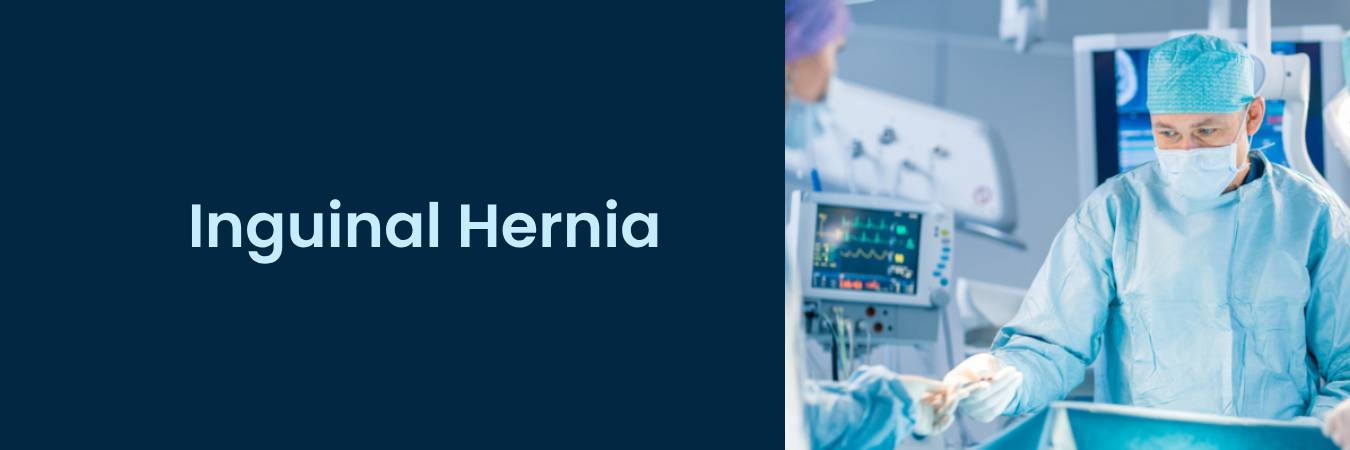Risks
- Strangulation
- Death of tissue
- Gangrene
Treatment
Diagnosis
In instances of groin pain, individuals often consult a primary care provider (PCP) initially. If necessary, the PCP may refer them to a general surgeon or gastroenterologist for further evaluation. To accurately diagnose a hernia, a comprehensive physical examination is conducted. This entails assessing the bulge in the groin area and having the patient cough while standing to accentuate the hernia. Should the physical examination yield inconclusive results, the doctor may advise imaging tests such as abdominal ultrasound, CT scan, or MRI to gain a clearer understanding.
Procedure
If the inguinal hernia is not causing significant discomfort or symptoms, watchful waiting may be recommended. In certain cases, a supportive truss might be suggested to alleviate symptoms. For sizable and painful inguinal hernias, surgical intervention is typically advised. The patient can opt for either open hernia repair surgery or minimally invasive hernia repair surgery. Pilot Heal specializes in advanced treatment methods and prioritizes minimally invasive techniques for hernia repair. The procedure, known as laparoscopic hernia repair surgery, involves the following steps:
- The patient is administered general anesthesia to ensure pain-free surgery.
- Once anesthesia takes effect, the surgeon inserts laparoscopic instruments to perform the repair. A specialized gas is used to expand the abdomen, creating adequate space for the surgical procedure.
- Several small incisions (usually 2 or 3) are made around the abdomen to introduce the surgical instruments.
- The herniated tissue is gently repositioned, and if necessary, a hernia mesh is placed to provide support to the muscles and maintain proper organ alignment.
- Following hernia repair, the gas is released, and the incisions are sutured if needed.
- The patient is observed for 2-3 hours until anesthesia wears off and then transferred to a recovery area.
- Due to the significant nature of hernia surgery, a minimum of 24 hours of hospitalization is typically required. Once the surgeon confirms the success of the procedure and the patient's well-being, discharge is arranged.

